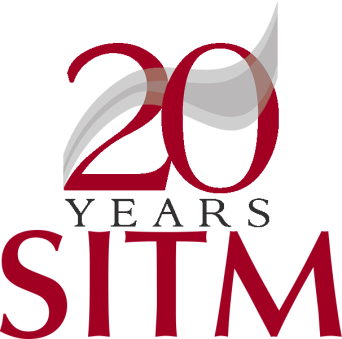Key Program Features

Industry Insights
Learn about real-life successes and failures from top Indian entrepreneurs across domains

Certification
Receive an official Startup India and Invest India Certification
Language Option
Choose between Hindi or English as your medium of instruction

Networking & Mentoring
Interact with fellow Entrepreneurs in an interactive discussion forum
Business Plan
Get step by step insights in creating a Business Plan for your venture
Program Syllabus

IDEA VALIDATION
Idea Identification and Assessment
Identify your idea and assess it with respect to your potential customers and the market environment

FINANCE & LEGAL
Building a Legal Foundation
Define the right legal foundation for your company and explore fundamentals like Company Registration, Compliances, Patents etc.
Understanding Finance Basics
Understand the fundamentals of finance & accounting comprising of financial statements, break-even analysis etc.
Introduction to Business Planning
Learn how to build an effective Business Plan for your venture

PITCHING & FUNDING
Fundraising & Valuation
Understand an investor’s mindset on matters of company valuation, fundraising, equity dilution among other things
Pitching & Termsheets
Learn how to pitch your company to investors and identify the key focus areas in term sheets

